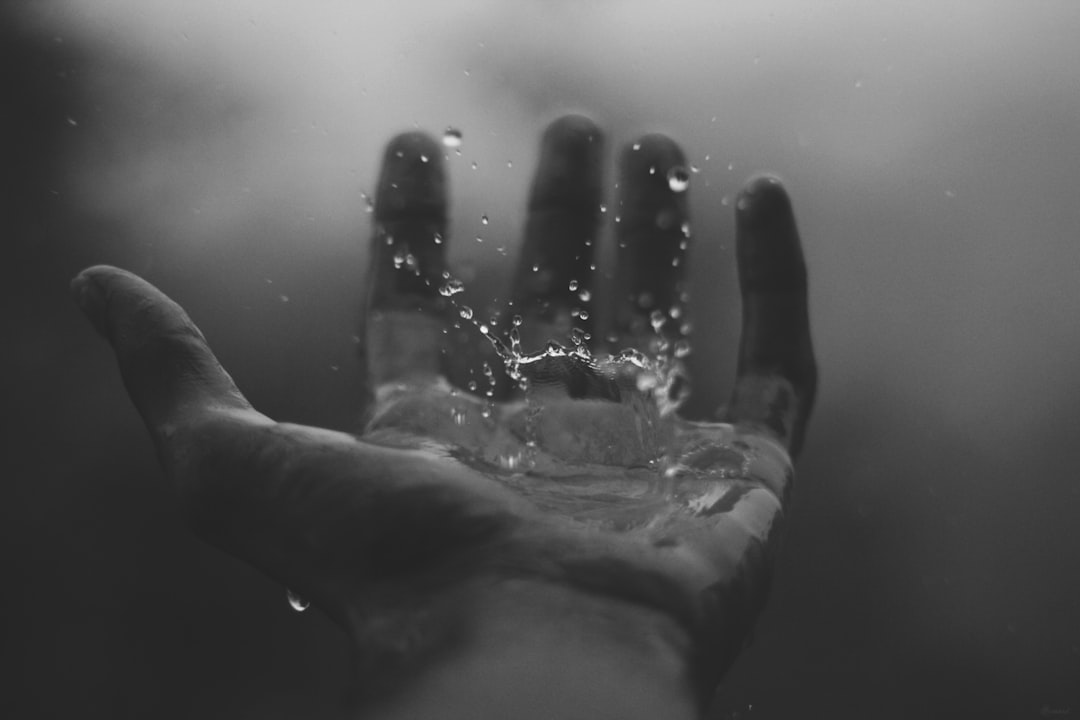Riders On The Storm
When Puerto Rico's Power Went Out, So Did Access To Clean Water

This summer rainstorms caused devastating and sometimes deadly flash floods in St. Louis, eastern Kentucky, southern Illinois, California’s Death Valley, and Dallas. Plus, severe flooding wreaked havoc on power and water systems in Mississippi, Virginia and West Virginia.
Now, Puerto Rico.

On Sunday, Hurricane Fiona crashed the power grid again in Puerto Rico.
The Category 1 hurricane brought catastrophic rains and strong winds to the U.S. territory, causing extreme flooding and significant tree and power line damage.
When the power goes out, so does access to clean water.
Without electricity, filtration systems cannot run and there’s no power to pump water into homes, which means no clean water for drinking, bathing or flushing toilets.

And Puerto Ricans know this because almost five years ago, the island was shocked by a category 4 storm, Hurricane Maria, which killed at least 3,000 people and also knocked out power and water access for months.
A Washington Post-Kaiser Family Foundation survey found that even a year later 50 percent of Puerto Ricans reported their households did not have enough clean water to drink.
Maria caused structural damage to an unknown number of buildings, destroyed nearly all road signs and traffic lights and wiped out roads, leaving less than 8 percent of them open a month after the hurricane hit.
When Maria approached, Puerto Ricans were still coping with the aftermath of Hurricane Irma, which had passed near San Juan just a few weeks earlier. Irma's damage left about two-thirds of the population without electricity and roughly one-third of the population without clean water.
Storm after storm after storm, we’re still failing.
On Tuesday morning more than 760,000 customers of the Puerto Rico Aqueduct and Sewer Authority had no water service or were suffering significant interruptions, according to the government's emergency portal system.
Democracy Now! co-host Juan González said people are showing resilience in the face of Hurricane Fiona in his native Puerto Rico. Many learned from 2017’s Hurricane Maria to garner personal water reserves and have back-up power generators.
“Puerto Rican people … have actually been able to recognize the fact that the government, when it comes to these crises, is inept, and many people have been able to develop their own ability to survive,” González said.
Even in communities where water has been restored, they are under a boil-water advisory.
The people of Puerto Rico may be resilient, the systems that provide them power and water are not.
We are not prepared for extreme weather. Our infrastructure is not resilient enough.


Follow The Money
Infrastructure maintenance in this country is consistently underfunded. The U.S. has an estimated $1 trillion backlog of needed repairs, according to a report by former Federal Reserve Board Chairman Paul Volcker’s Volcker Alliance in 2019.
Funding to help Puerto Rico rebuild from natural disasters has come at a snail’s pace. In 2020, three years after Maria hit, the Trump administration announced $9.6 billion to rebuild the island's electrical grid destroyed by Maria.
Just $40 million of the $9 billion in federal funds meant to rebuild Puerto Rico’s grid since Maria has been spent, according to reporting from Kate Aronoff in the New Republic.
“The privatization of Puerto Rico’s electricity was pitched as a panacea for the island’s troubled grid,” she writes. “But it hasn’t delivered on that promise so far.”
Part of the problem was rebuilding systems that were already flawed.
“You had emergency repairs after Maria just to get it back on,” Craig Fugate, who served as FEMA administrator under President Barack Obama, told NPR. "Then you had the permanent work. And there had been a lot done to harden transmission lines, but it wasn't complete."
Even so, with Fiona, “you've already seen bridges are being washed away that had been rebuilt after Maria," he continued. “If we built infrastructure back after Maria that got wiped out in this storm, we didn't build it back the right way.”
But again, the people know what’s right and what’s wrong.
During the last year, Puerto Ricans have repeatedly taken to the streets to protest LUMA Energy, the private company that controls the island’s energy , as frequent blackouts and high energy costs have become more burdensome, according to The Hill.
LUMA came to Puerto Rico in June of 2021, after winning a 15-year contract to provide electricity and make much-needed upgrades to the island’s fragile power grid. Working with the Puerto Rico Electric Power Authority (PREPA) to manage the island’s power, PREPA focuses on electricity generation while LUMA oversees transmission and distribution.
LUMA’s presence was meant to help the island still reeling from the aftermath of deadly hurricanes Maria and Irma, but it has not delivered.
In a December 2021 letter to the Puerto Rico Legislature, Tom Sanzillo, Director of Financial Analysis at the Institute for Energy Economics and Financial Analysis, urged the House and Senate to reevaluate the ongoing bidding process to privatize operations of the island’s power plants.
“We have observed the flaws in the privatization processes of LUMA Energy and New Fortress Energy,” said Sanzillo. “They have led to poorer service, higher rates and increased dependence on fossil fuels.”
A huge reckoning is coming. We need to not only invest in our infrastructure but ensure that those in power are putting money into sustainable solutions that can actually handle the coming storms that we will all inevitably face. Privatization is not the answer.
If you want to help support our fellow U.S. citizens in Puerto Rico, you can learn more here.


